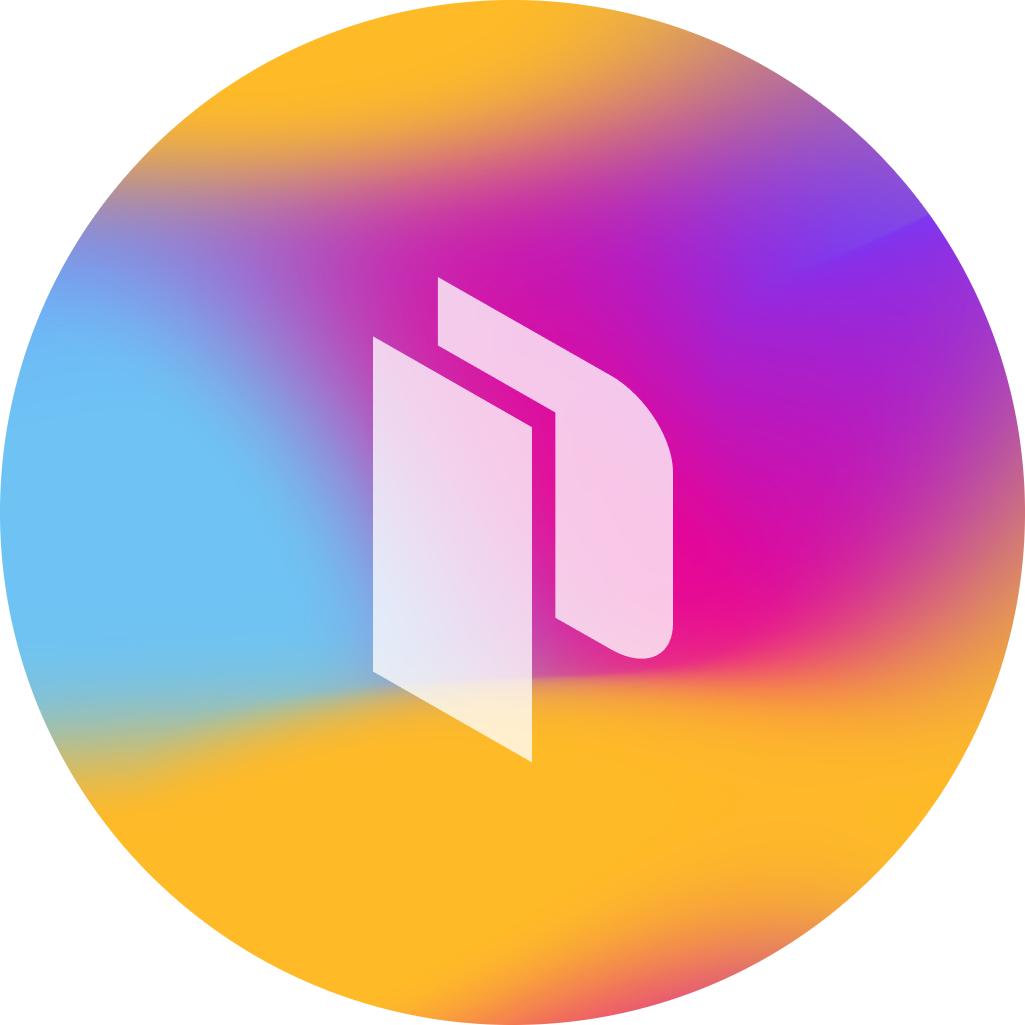
Top Reasons to Use a Plagiarism Checker for All Your Writing
Discover why plagiarism detection tools have become essential for students, professionals, content creators, and businesses in maintaining text integrity.
Read articleCheck your papers for plagiarism with our advanced AI tools


Material theft is an unfortunate reality for bloggers, creators, and businesses that publish online. When you invest time and resources into creating original text, discovering that someone has copied your work without permission can be both frustrating and damaging to your brand. While Google Reader itself was discontinued in 2013, the concept of using RSS feeds to monitor potential plagiarism remains valuable. This guide will show you how to create a custom monitoring system using modern RSS readers and search alerts to help detect when your information appears elsewhere on the web.
Before diving into the technical setup, let's understand why tracking potential plagiarism matters:
Since Google Reader is no longer available, you'll need an alternative RSS reader. Some popular options include:
For this tutorial, we'll use Feedly as our example, but the concepts apply to most RSS readers.
Google Alerts is a free service that notifies you when new information matching your search terms appears on the web.
To cast a wider net, also create alerts in Bing:
In your chosen RSS reader (Feedly in our example):
To effectively catch plagiarism, create multiple alerts with different types of queries:
Identify 5-10 unique sentences or paragraphs from your most valuable writings. Create separate alerts for each one, using exact quotes.
For example:
Create alerts that combine your article titles with your name.
For example:
If you publish code, create alerts for unique code snippets (especially custom functions).
For example:
While RSS feeds are excellent for general monitoring, dedicated plagiarism detection tools offer more comprehensive protection:
Copyscape is a specialized service for finding copies of your web pages online:
For more technical users, consider integrating a plagiarism detection API:
// Example implementation using a hypothetical API
async function checkForPlagiarism(contentUrl) {
const response = await fetch('https://api.plagiarismservice.com/check', {
method: 'POST',
headers: {
'Content-Type': 'application/json',
Authorization: 'Bearer YOUR_API_KEY',
},
body: JSON.stringify({
url: contentUrl,
sensitivity: 'high',
excludeDomains: ['yourdomain.com', 'yourothersite.com'],
}),
});
const results = await response.json();
return results.matches;
}
Consistency is key for effective plagiarism detection:
When your monitoring system identifies potential plagiarism, follow these steps:
Before taking action, confirm that it's actually plagiarism:
Gather evidence of the plagiarism:
If the plagiarism is confirmed, try a direct approach first:
Subject: Content Copyright Concern - Request for Resolution
Dear [Website Owner/Editor],
I recently discovered that material from my website [Your Website] appears to have been reproduced on your site without permission.
Original text: [URL to your content] (published on [date])
Copied material: [URL to their page]
The following information has been copied:
[Provide specific examples or excerpts]
As the original creator and copyright owner of this material, I request that you:
[Choose one or more]
- Remove the copied text within 7 days
- Provide proper attribution with a link to the original source
- Replace the copied portions with original material
I hope we can resolve this matter amicably. Please confirm your actions by [date].
Sincerely,
[Your Name]
[Your Contact Information]
If direct contact doesn't resolve the issue:
Make your text naturally more traceable with these techniques:
While monitoring is essential, also implement these preventative strategies:
For those with programming skills, build a custom system:
# Example Python script for checking content similarity
import requests
from bs4 import BeautifulSoup
import difflib
def check_similarity(original_url, comparison_url):
# Get content from both URLs
original_response = requests.get(original_url)
comparison_response = requests.get(comparison_url)
# Parse HTML
original_soup = BeautifulSoup(original_response.text, 'html.parser')
comparison_soup = BeautifulSoup(comparison_response.text, 'html.parser')
# Extract text content
original_text = original_soup.get_text()
comparison_text = comparison_soup.get_text()
# Calculate similarity ratio
similarity = difflib.SequenceMatcher(None, original_text, comparison_text).ratio()
return similarity
Create a system that automatically alerts you when potential plagiarism is detected:
While Google Reader itself is no longer available, the strategy of using custom RSS feeds for plagiarism detection remains powerful. By combining search feeds with specialized tools and consistent monitoring, you can effectively track and address unauthorized use of your material.
Remember that the goal isn't just to catch plagiarists, but to protect the value of your original work and maintain your reputation as a content creator. With this systematic approach to plagiarism monitoring, you'll be well-equipped to defend your intellectual property in the digital landscape.
Start implementing this system today, beginning with your most valuable material, and gradually expand your monitoring as you refine your process.

Discover why plagiarism detection tools have become essential for students, professionals, content creators, and businesses in maintaining text integrity.
Read article